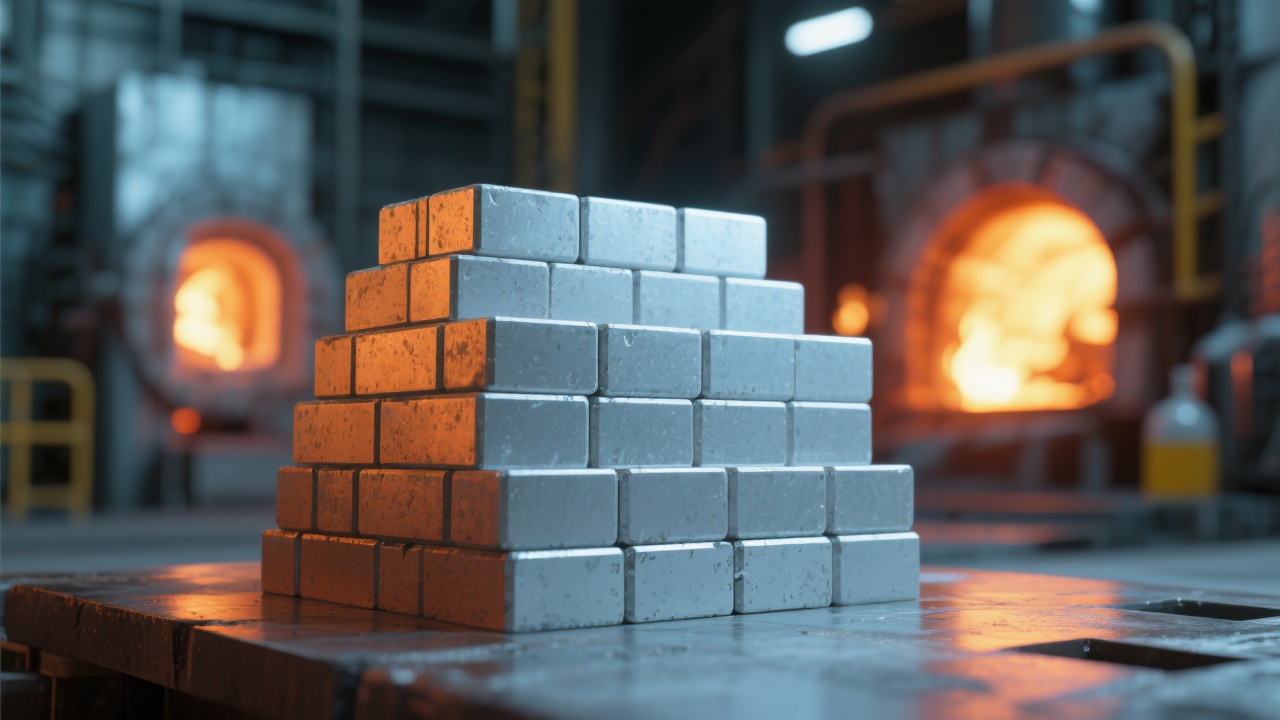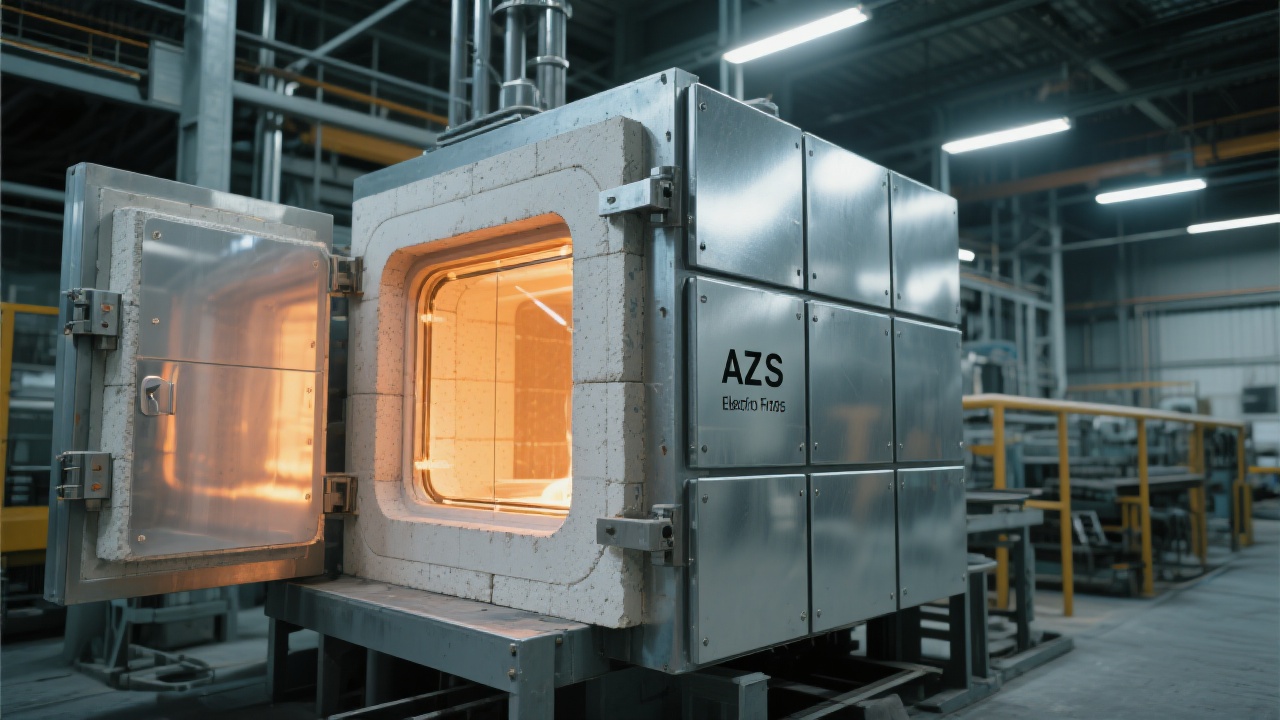
In the realm of chemical engineering, high-temperature processes are the norm, and the role of refractory materials cannot be overstated. These materials are the unsung heroes that withstand extreme heat, corrosion, and mechanical stress, ensuring the smooth and efficient operation of chemical reactors and high-temperature furnaces. Among the various refractory materials available, corundum bricks stand out for their exceptional properties.
Corundum bricks are primarily composed of alumina (Al₂O₃), which gives them high refractoriness, excellent chemical stability, and corrosion resistance. They can be broadly classified into two main types: fused corundum bricks and sintered corundum bricks. The manufacturing process of these two types of bricks is quite different, which in turn leads to significant differences in their performance.
Fused corundum bricks are produced by melting high - purity alumina raw materials in an electric arc furnace at extremely high temperatures (around 2000 - 2200°C). This process results in a dense and homogeneous structure with high crystal purity. The bricks have excellent thermal shock resistance, high mechanical strength, and good resistance to slag penetration. For example, in a large - scale chemical plant in Germany, the use of fused corundum bricks in a high - temperature furnace reduced the frequency of furnace shutdowns for maintenance by 30% compared to the previous refractory materials.

On the other hand, sintered corundum bricks are made by compacting and sintering alumina powder at high temperatures (usually around 1600 - 1800°C). The resulting structure is more porous than that of fused corundum bricks, but they still offer good refractoriness and chemical stability. Sintered corundum bricks are relatively more cost - effective in some cases and are suitable for applications where the temperature is not extremely high and the thermal shock is less severe. A chemical factory in the United States found that sintered corundum bricks were a good choice for the lining of a medium - temperature reaction kettle, which reduced the overall cost of refractory materials by about 20% while maintaining satisfactory performance.
Chemical reactors and high - temperature furnaces operate under extremely harsh conditions. The materials inside these vessels often contain strong acids, alkalis, and various corrosive substances, and the temperature can reach several hundred degrees Celsius or even higher. Corundum bricks can effectively resist the erosion of acid and alkaline slags. In a chemical plant in Japan, the use of corundum bricks in a reaction kettle with a high - concentration alkaline solution extended the service life of the kettle lining from 6 months to 18 months.
Moreover, corundum bricks can withstand high thermal loads. They maintain their structural integrity even at high temperatures, which helps to ensure the stability of the reaction environment and improve the quality of the chemical products. In a steel - making auxiliary chemical process, the use of corundum bricks in the high - temperature furnace increased the production efficiency by 15% due to the stable operating conditions provided by the refractory lining.
When compared with other common refractory materials such as clay bricks and magnesia bricks, corundum bricks have several distinct advantages. Clay bricks have lower refractoriness and are more prone to corrosion by chemical substances. Magnesia bricks, although having high refractoriness, are more sensitive to thermal shock. The following table summarizes the comparison:
| Refractory Material | Refractoriness | Corrosion Resistance | Thermal Shock Resistance | Mechanical Strength |
|---|---|---|---|---|
| Corundum Bricks | High (up to 2000°C+) | Excellent | Good (especially fused corundum) | High |
| Clay Bricks | Medium (around 1300 - 1500°C) | Moderate | Fair | Low to Medium |
| Magnesia Bricks | High (up to 2800°C) | Good for basic slags | Poor | Medium |
When choosing between fused corundum bricks and sintered corundum bricks, several factors need to be considered. If the application involves high - temperature, severe thermal shock, and high - pressure conditions, fused corundum bricks are likely to be the better choice. However, if the temperature is relatively lower and cost is a major concern, sintered corundum bricks can be a viable option.
During the procurement process, it is important to ensure the quality of the bricks. Check the manufacturer's reputation, product certification, and quality control measures. Request samples for testing if possible. In addition, consider the after - sales service provided by the supplier, such as installation guidance and technical support.

In conclusion, corundum bricks, whether fused or sintered, offer significant advantages in chemical engineering applications. They can help chemical enterprises reduce maintenance costs, improve production efficiency, and ensure the long - term stable operation of equipment. If you are facing challenges in choosing the right refractory materials for your chemical processes, click here to get in touch with our experts who can provide you with customized solutions based on your specific needs.
Do you have any experience with using corundum bricks in your chemical plant? Share your stories and questions in the comments section below!

